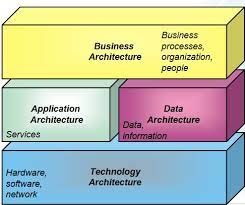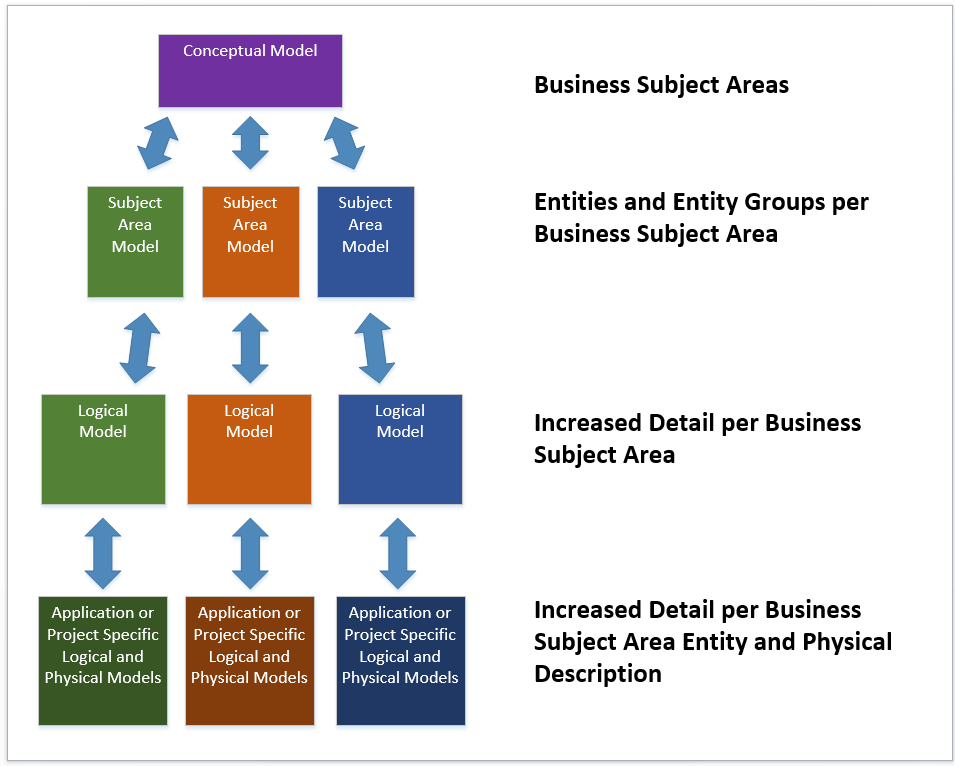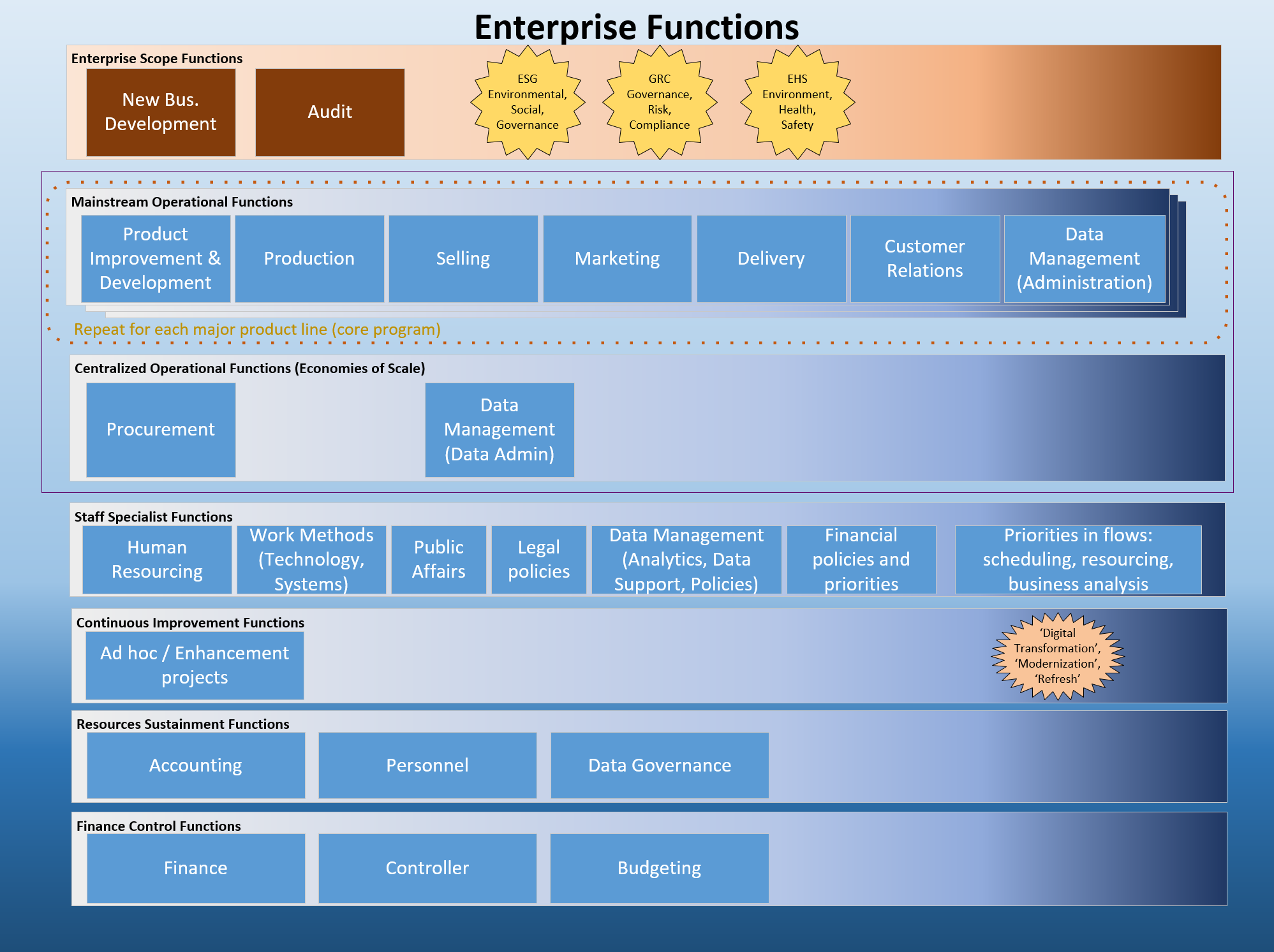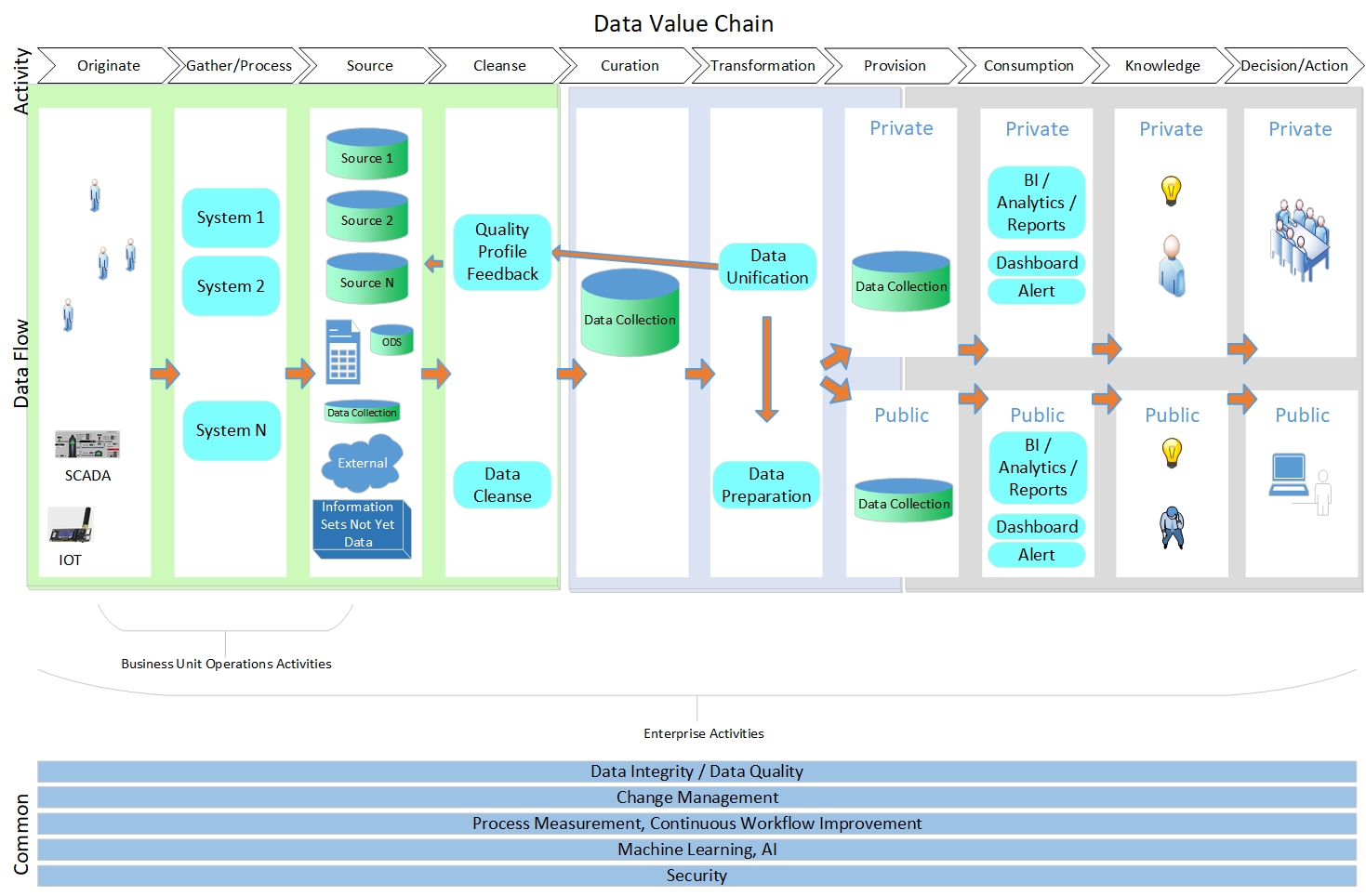Enterprise Architecture is Not Dead
The death of Enterprise Architecture is grossly exaggerated. Some would have us believe that it is no longer needed, where on-the-fly approaches are inaccurately disguised as ‘Agile’ thinking and claimed to produce superior results compared to sound enterprise planning. No. Business process management, data management, application portfolio management and to a lesser extent technology still have a long way to go before graduating from the Science approach to the Commodity approach.





